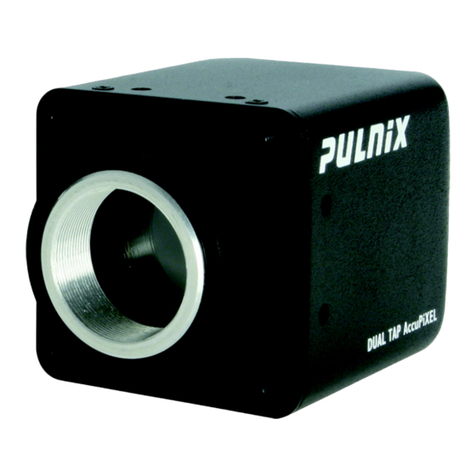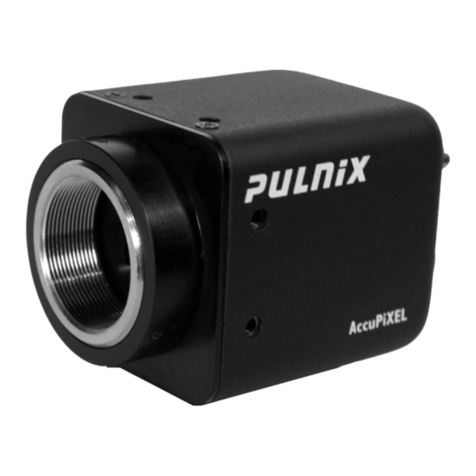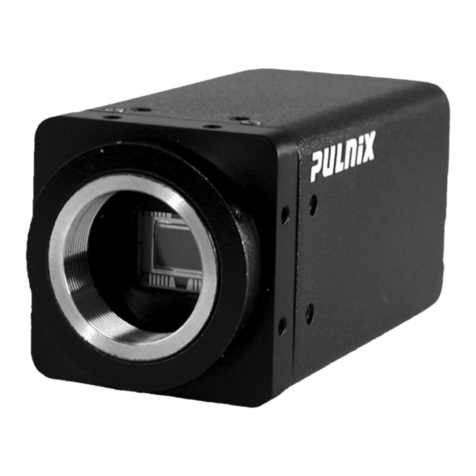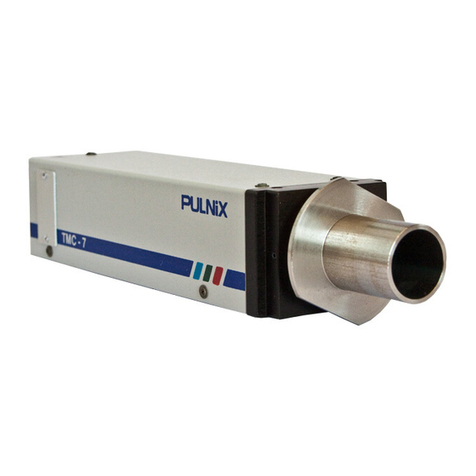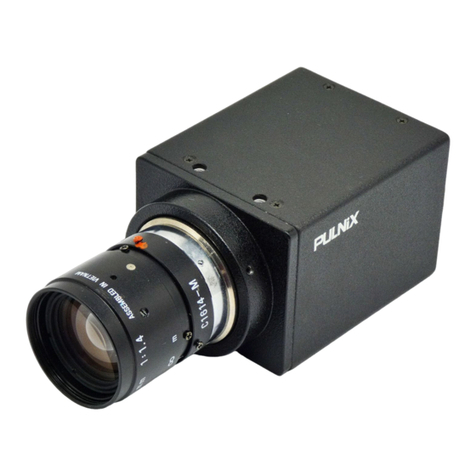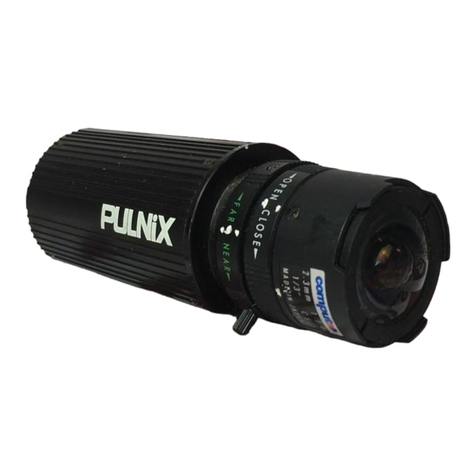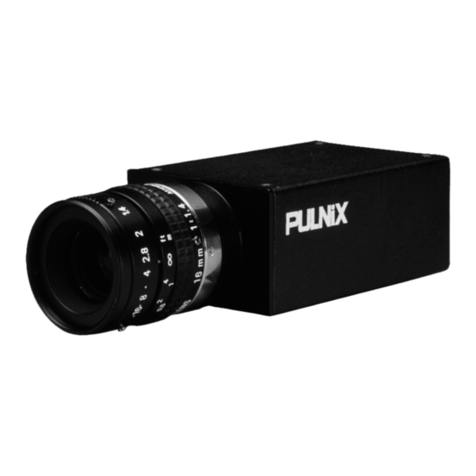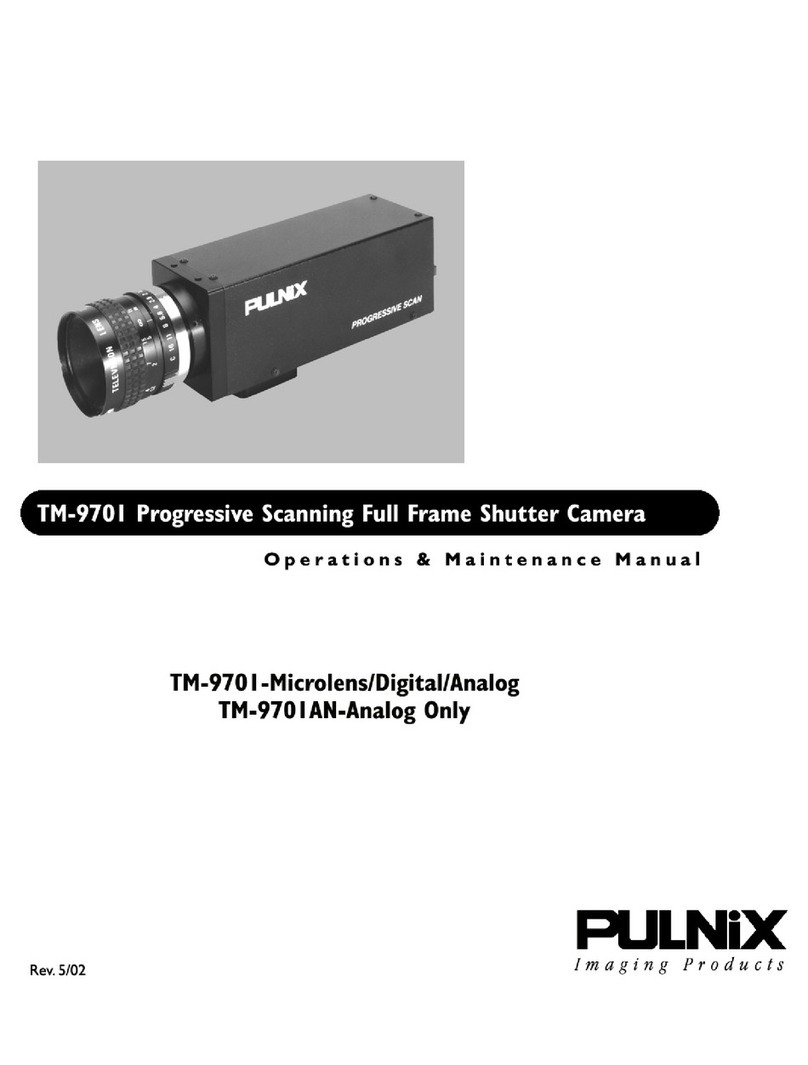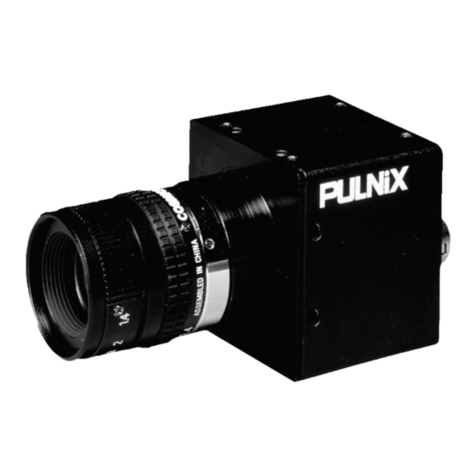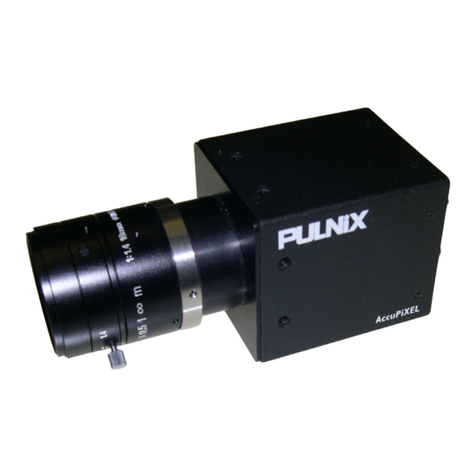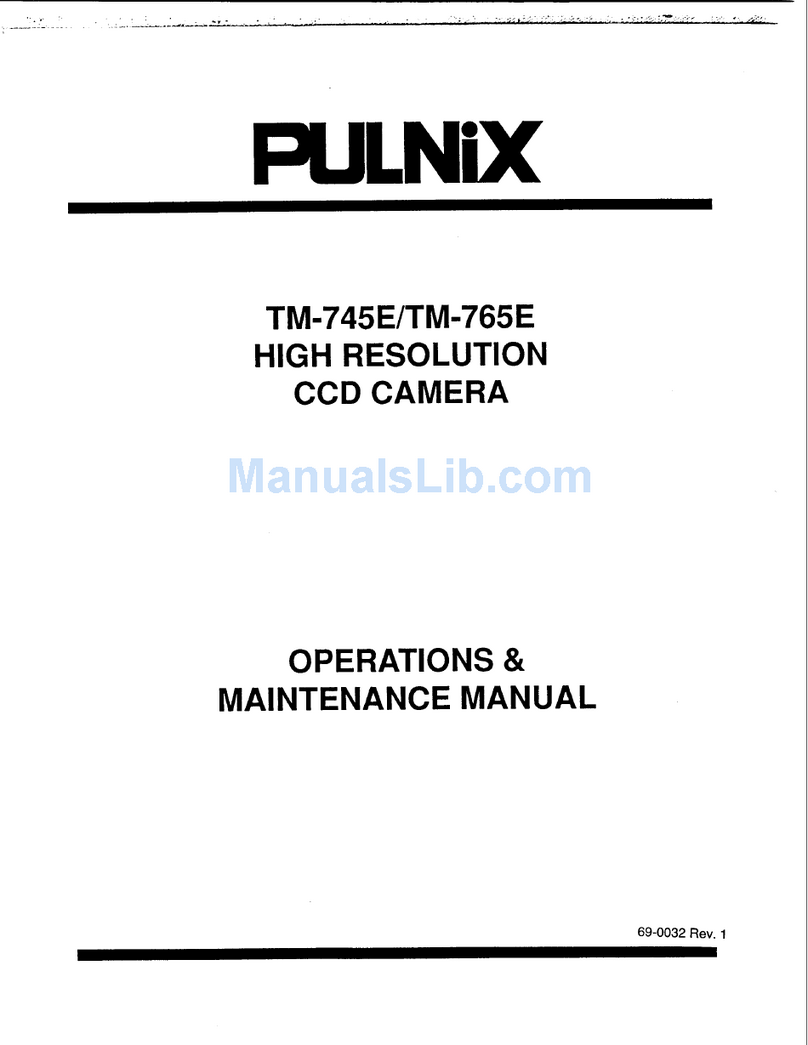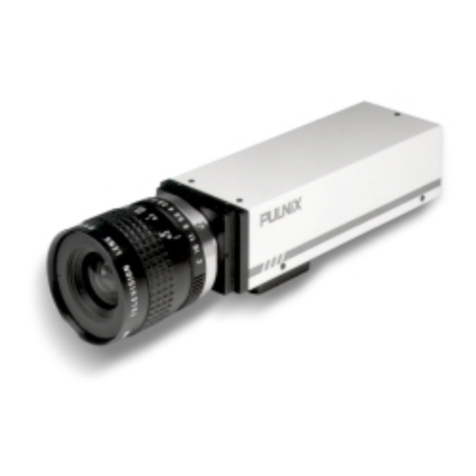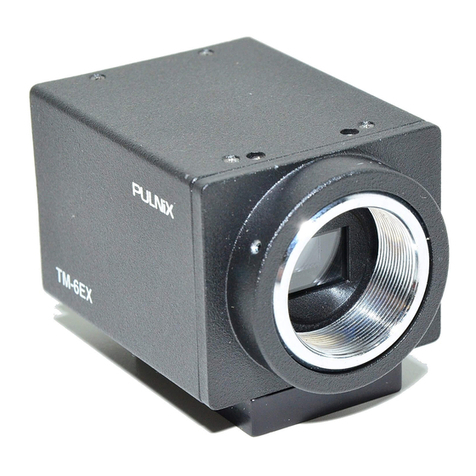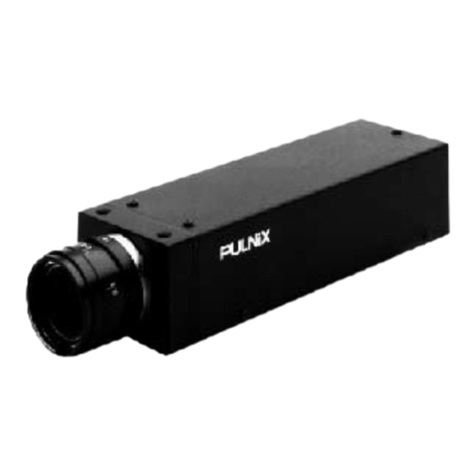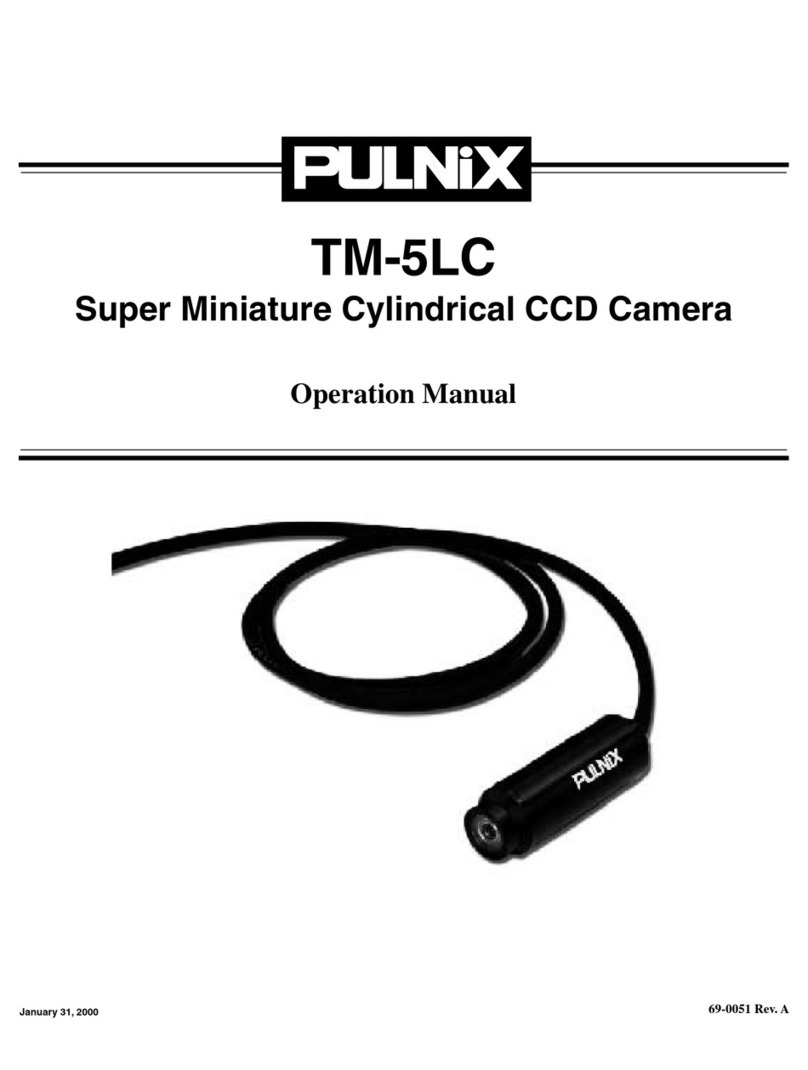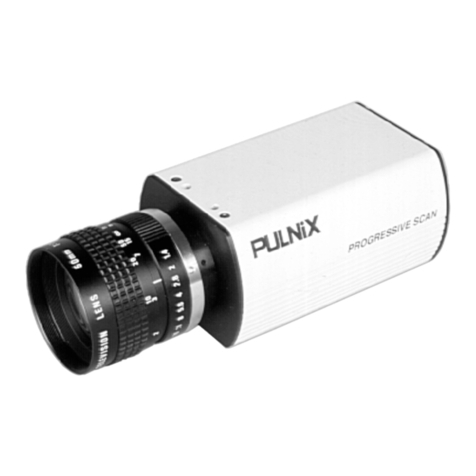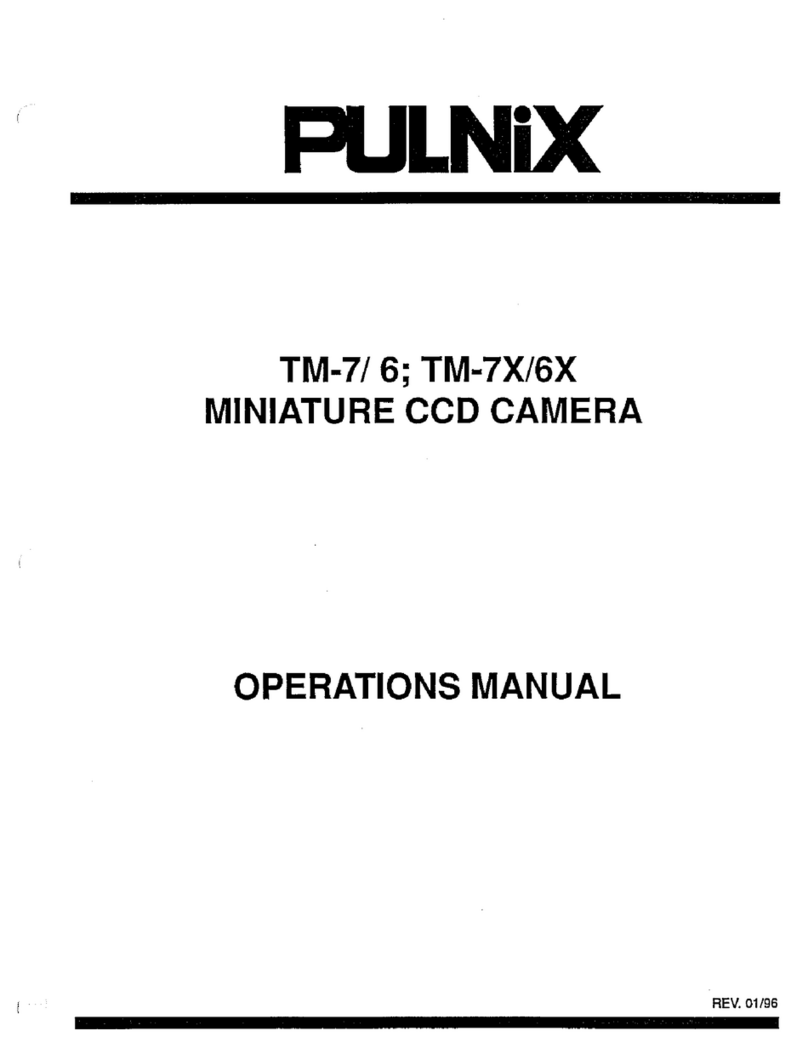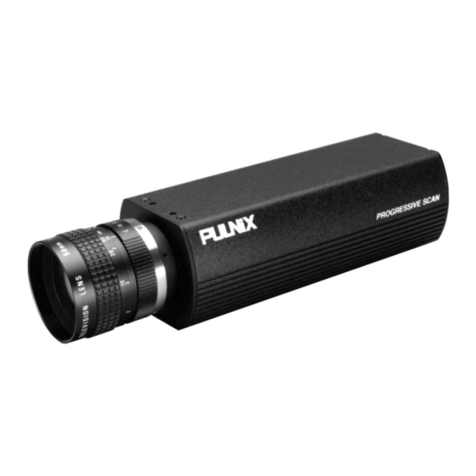
10.
TABLE
OF
CONTENTS
Pages
Features
and
Applications
шишинннннненнннннненнннннненененннннння
2
Specifications
пинин
3
Physical
Dimensions
Полин
4
Camera
System
Accessories.
.....................а
а-а-а
ыы
5
4.1
Shutter
Control
Unit-
Auskenner
iger
5
4.2
Power
babe.
nee
5
4.3
E,
7.
MR
5
4.4
Power
Supplies
.........ло.ы-ы
ыы
а-а
5
Setup
and
Operation
—
04.....................2Д....2...
ЛД.
4
4.
5
5.1
Lens
Мооп/
2.2...
ааа
арамы
ааа
5
5.2
Auto-lris
LENSES
ЛУО
О
О
ы
ент
Sewes
SVs
6
53
Shutter
Control
Unit
(SC-745)
Шуи
нее
неееенненене
ененнен
нн
6
5.4
Power
Cables
and
Power
Supplies
оше
6
5.5
EO
UT
RM
алымы
ыры
6
5.6
External
Sync
олшишиииинненнненненченененененненннененнненененнненененее
6
5.7
Interlace/Non-InterlaCe
Полина
7
TM-745E/TM-765E
Shutter
Camera
Application
—
sess
eee
n
7
6.1
BCD
Shutter
Control
“:
cuneis
pacati
aea
erus
cte
ORA
Ense
7
6.2
Substrate
Drain
Shutter
Mechanism
/.....................
nennen
enne
8
6.3
High
Speed
Shutter
Option
оопииишиииииннненненненненененнченненннненнненнне
9
6.4
Integration
——————À
9
6.5
Integration
Control
РИв2..............мала
ааа
10
Camera
Versions
and
Options
—
...........................22.22
tnter
nnne
nennen
10
CCD
Characteristics
and
Operation
|
sse
eene
netten
10
8.1
Theory
of
Орегайцип//2.......о..л
ааа
--.-.---
шә...
10
8.2
Mechanism
of
CCD
Charge
Transfer
............................2.2..........
11
8.3
Spectral
Response
Полин
11
Timing
Charts
and
Special
Functions
Полин
12
9.1
Output
Signal
Timing
Спайя/............2.2.2.2...244.24.4.424.49049З.9ә8
М...
12
9.2
Special
Functions
A
"—————À
Ann
nt
tata
13
Factory
Setting
and
Board
Layouts
—
——
sss
nenne
enne
nnne
14
10.1
Driver
Board(Top
Side)
пишиииииниеннннннннненннчнннинечененнеченннне
14
10.2
Driverd
Board(Bottome
Side)
Ппопииинененнннннененнннннннннненнння
14
10.3
Signal
Board
—
sse
tenente
entente
tenen
eene
ten
nennen
tenen
entente
nnn
14
